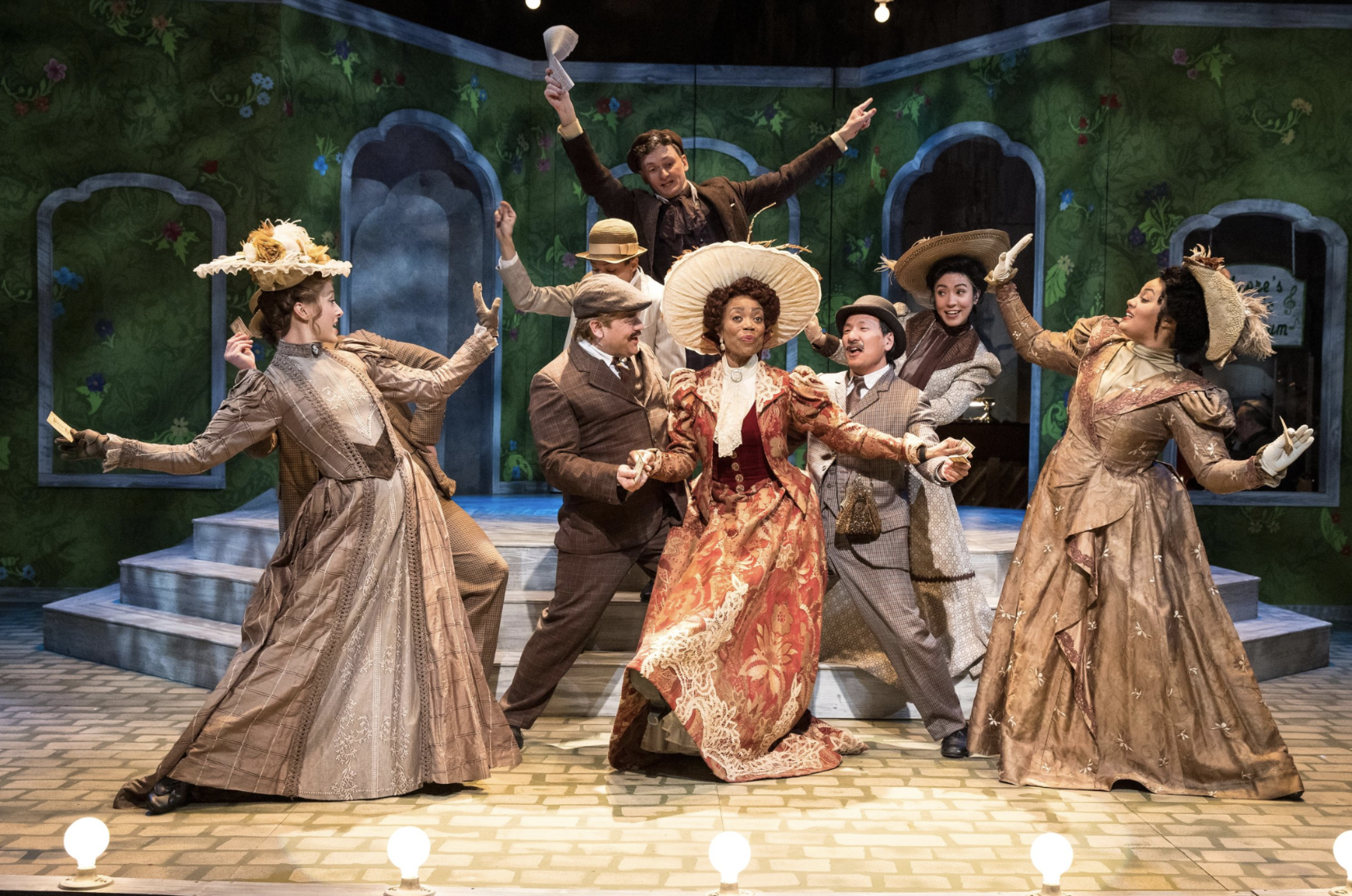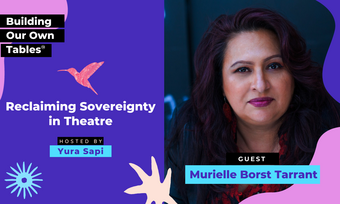“Can you find someone that shines?”
I heard this comment a lot when I first started to pursue executive search. As someone who had recently co-founded a firm, Evolution Management Consultants, dedicated to an inclusive and deliberate search process for leadership roles, I was puzzled by conversations that centered whoever had the most “shine” on their resume. Why was this an important criterion for a leadership role? I understand the need for charisma and influence as a leader, but I could not quantify or identify that from a comment about finding someone who shines. How would this make them an effective leader? If the person does not have shine, does it mean they are not a good leader?
Executive search in theatre had a mysterious aura to me. Theatres and arts organizations would put out flashy press releases about their new leader or leadership team. There are many leaders who have stayed and succeeded, and there are others who did not. So why did it not work out? As I dived into the search and planning world in 2019, after three years in the theatre management program at Yale School of Drama, I was determined to discover what made a search successful for the organization and the candidate.
If leadership can be defined broadly as a function of establishing a direction, how does a governance body (whether the board or a search committee) determine which candidate offers the best path forward? Surely, the answer cannot simply be about how much pizzazz someone has in their resume and experience. That may be great for the press, but what does it mean for the organization’s strategic future?
Many of my dear friends in theatre who are part of the Global Majority were somehow being asked to go on the road trip of the search process, but they had no idea how to get to their destination or why they were being invited.
This is how I have been thinking about search in arts and culture since I started about five years ago. At Yale, I was taught about planning, search, and board governance by the late Management Consultants for the Arts (MCA) founder Greg Kandel. The process he described to me and often spoke about in class sounded like a directionless road trip. An organization would hire him to help find their next executive leader. Greg would talk to various people at the organization, usually one that he had a longstanding relationship with throughout his years of placing candidates across the country. He would guide a group of people from the company’s board through winnowing down applicants and selecting a final candidate to recommend to the board to hire. It was curious to me in the years I was in school that most of these hires were white men.
The opaqueness of the process and the repetition of the outcomes (many people who were hired in leadership were already leaders) left me particularly frustrated because many of my dear friends in theatre who are part of the Global Majority were somehow being asked to go on the road trip of the search process, but they had no idea how to get to their destination or why they were being invited.
I learned this all too well in one of the first major searches I conducted in my career. It was for an executive leader of a theatre, and it was right after the murder of George Floyd and the 2020 protests about the killing of Black people by the police. Theatres were desperate to show that they were responding to the calls of protestors, which included working with Black-owned organizations. This was glaringly true for executive searches in the arts, which were dominated by historically and predominately white firms. The search committee I met with told my team they were embracing the values of equity and inclusion. They wanted to “do things differently” and “meet the moment.” This sounded like what so many people in theatre wanted: an organization that put its dollars behind its values.
But that reality came crashing down quite quickly. My team was met with consistent resistance from the chair of the board and another prominent wealthy board member and donor. There were conversations behind the scenes about how we were “forcing something on them.” Our integrity was called into question at one point about our vetting. After the search, the candidate experienced some of the same things that we did. The organization was saying one thing but doing another.











Comments
The article is just the start of the conversation—we want to know what you think about this subject, too! HowlRound is a space for knowledge-sharing, and we welcome spirited, thoughtful, and on-topic dialogue. Find our full comments policy here